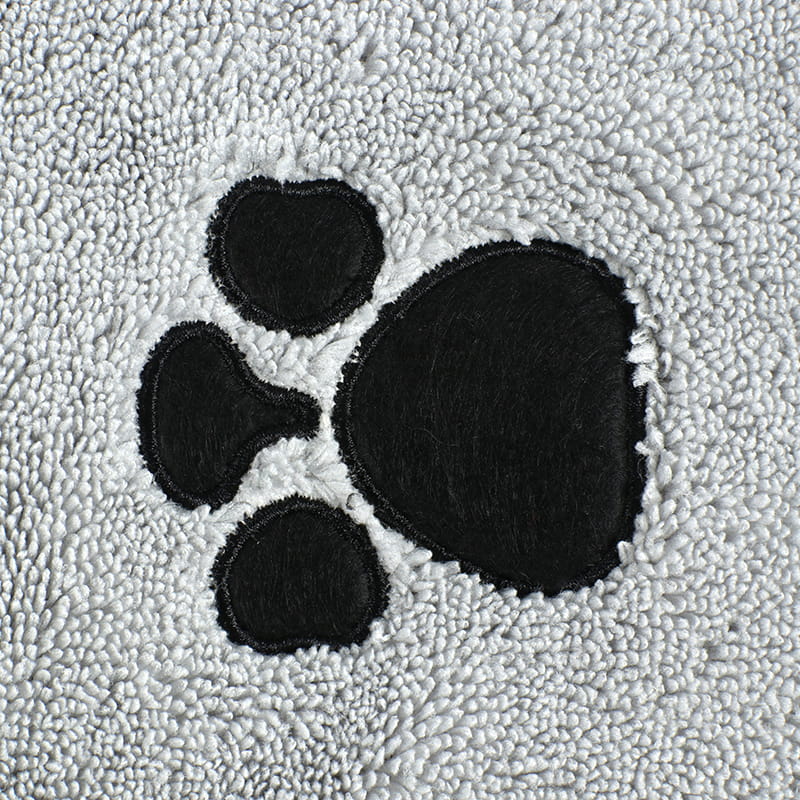We are a national high-tech enterprise. At present, there are many kinds of self-woven and cooperatively processed fabrics, including microfiber warp-knitted towel cloth, weft-knitted towel cloth, coral fleece, etc.
Microfiber hand towels excel in cleaning tasks due to their microscopic structure. Unlike traditional cotton fibers, microfiber is composed of extremely fine fibers that are split during manufacturing, creating a vast network of smaller, highly effective cleaning threads. This increases the surface area of each fiber, enabling it to capture and hold onto more dirt, debris, and moisture. When used for cleaning or scrubbing surfaces, microfiber towels can lift dirt, grease, and contaminants from surfaces instead of just moving them around, as many traditional towels do. This characteristic allows microfiber towels to deliver superior results with less effort and time. Their ability to reach into crevices and pull dirt out makes them an ideal choice for tasks requiring deep cleaning or precision, such as wiping down delicate electronics, removing fingerprints from glass, or scrubbing countertops.
One of the most important features of microfiber hand towels is their gentle yet effective scrubbing action. Despite their high cleaning efficiency, microfiber towels are non-abrasive, meaning they are safe to use on a wide variety of surfaces without causing scratches or damage. The fine microfiber threads are soft but resilient enough to scrub surfaces without harming them, making them ideal for cleaning delicate or easily scratched materials like glass, mirrors, stainless steel, or polished wood. In heavy-duty cleaning tasks, especially when dealing with sensitive surfaces, this non-abrasive quality allows the towel to lift dirt, oil, and grime without leaving behind marks or scratches, offering the advantage of both cleanliness and surface preservation.
Microfiber hand towels are renowned for their exceptional absorbency—they can absorb up to seven times their weight in liquid, making them highly efficient for cleaning up spills, wiping down wet surfaces, or even drying off areas after scrubbing. This high absorbency means that when using microfiber towels in heavy-duty tasks, such as cleaning up large spills of water, oil, or other liquids, the towel can hold more liquid than conventional cotton towels without becoming saturated too quickly. This ensures that users can clean more effectively with fewer passes. The high absorbency helps to maintain a cleaner, drier surface during scrubbing tasks, reducing streaking or watermarks that might occur with less absorbent towels.
Microfiber hand towels are designed to be exceptionally durable under tough, high-demand conditions. Microfiber is much stronger than cotton and retains its shape and effectiveness even after repeated use. These towels are well-suited for environments where they might be exposed to frequent washing, rough handling, or abrasive surfaces. Whether used in industrial, commercial, or home cleaning tasks, microfiber towels can endure significant wear without losing their cleaning efficacy. In comparison to cotton towels, which may lose their softness or absorbency after multiple washes, microfiber towels maintain their durability and performance even after hundreds of cleaning cycles. This makes them ideal for heavy-duty tasks in environments where towels undergo significant wear and tear.
Microfiber hand towels are highly efficient at picking up dirt and grabbing contaminants from surfaces with minimal reliance on cleaning chemicals. Because of their extensive surface area and microscopic fibers, microfiber towels can clean more effectively with less chemical solution, making them not only cost-effective but also environmentally friendly. For heavy-duty tasks, such as scrubbing grease or cleaning machinery, microfiber towels often reduce the need for aggressive chemical cleaners, which can be harmful to both the environment and the user. This efficiency makes microfiber a preferred choice in settings where green cleaning and reducing chemical waste are priorities, such as in hospitals, commercial kitchens, and environmentally-conscious facilities.

 English
English Espaol
Espaol русский
русский عربي
عربي 简体中文
简体中文
















